Subscribe to our ▶️ YouTube channel 🔴 for the latest videos, updates, and tips.
Types of Three-Dimensional Shapes (3D Shapes)
We will learn different types of three-dimensional shapes.
Three-dimensional figures are also called solids. The most commonly used solids are cuboids, cylinders, cones and tetrahedrons.
A three dimensional shape can be better described, if its faces, edges and vertices are known.
Types of Three-Dimensional Shapes:
1. Cuboid: A 3-dimensional shape whose length, breadth and height are different is called a cuboid.
A cuboid has 6 faces. Each face has 4 edges and 4 corners (also called vertices). All the six faces are not all of the same size. Only the opposite faces are the same.
For Example: Sugar cubes, Chalk box, Brick, Match-box, book, etc.
2. Cube: A cuboid with equal length, breadth and height is called a cube.
It has 6 faces, all of which are squares of the same size. Each face has 4 edges and each face has 4 vertices.
3. Cylinder: A cylinder is one of the most basic curvilinear geometrical shapes. A cylinder is like a round pipe.
It has 2 flat or plane faces which are circular regions and one curved face. It has 2 edges and no corners.
4. Sphere: A sphere is the set of all points in a 3-dimensional space which are at equal distance from a fixed point.
A sphere has only 1 face which is curved. It has no edges and no corners. A ball, marbles are examples of a sphere.
5. Cone: A cone looks like a top or the cap of a circus clown.
It has 1 flat face which is a circular region and one curved surface. It has 1 edge and 1 corner.
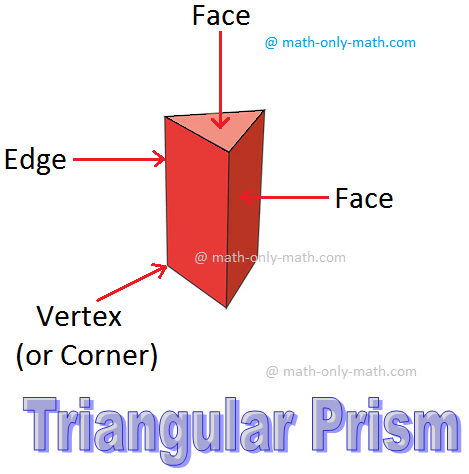
6. Triangular Prism: A triangular prism has 5 faces, 6 corners (vertices) and 9 edges.
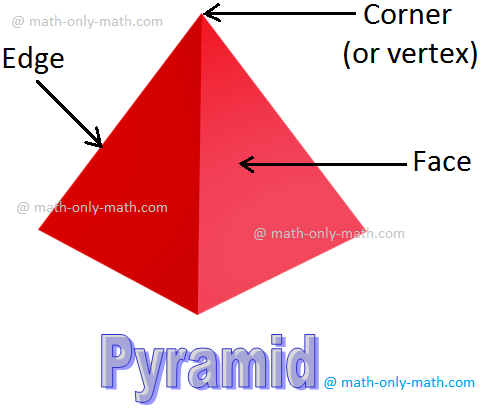
7. Pyramid: A pyramid has 5 faces, 5 corners (vertices) and 8 edges.
Worksheet on Types of Three-Dimensional Shapes:
1. Complete the following table:
|
Solid |
Number of Faces |
Number of Vertices |
Number of Edges |
|
(i) Cube |
_____ |
_____ |
_____ |
|
(ii) Cuboid |
_____ |
_____ |
_____ |
|
(iii) Cone |
_____ |
_____ |
_____ |
|
(iv) Sphere |
_____ |
_____ |
_____ |
|
(v) Cylinder |
_____ |
_____ |
_____ |
|
(vi) Pyramid |
_____ |
_____ |
_____ |
Answer:
1.
2. (i) Name all the edges in the following cuboid and also name the faces which intersect to form these edges.
(ii) Which edges have the same length?
2. (i) Name all the edges in the following cuboid and also name the faces which intersect to form these edges.
(ii) Which edges have the same length?
Answer:
2. (i) AB; ABCD and ABFE, DC; DABC and DCGH
BC; BCDA and BEGC, DA, DABC and ADHE
EF; EABF and EFGH, FG FGCB and FGHE
GH; GHDC and GHEF, EH EHDA and EHGF
CG; CBIG and AEFB, DH DHGC and HDAE
AE; AEHD and AEFB; BF BFGC and BFEA
(ii) AB, EF, DC, HG;
AD, EH, BC, FG;
AE, DH, BF, CG.
3. How many cylinders can be formed from a paper of 20 cm by 25 cm with the help of folding? What could be the height of the cylinders?
Answer:
3. Two, one is 20 cm hight another is 25 cm hight.
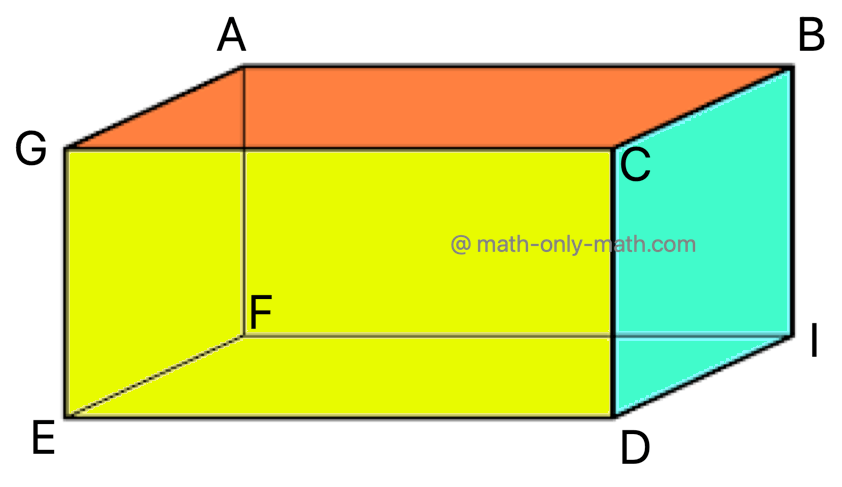
4. In the following figure of a cuboid, write all its:
(i) Surfaces
(ii) Edges
(iii) Corners/Vertices
Answer:
4. (i) Surfaces: ABCG, FIDE, CDEG, ABIF, AGEF, BCDI
(ii) Edges; AB, BC, CG, AG, FI, ID, DE, EF, AF, GE, BI, CD
(iii) Corners/Vertices; A, B, C, G, D, E, F, I
Didn't find what you were looking for? Or want to know more information about Math Only Math. Use this Google Search to find what you need.

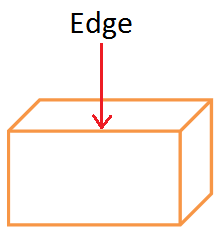
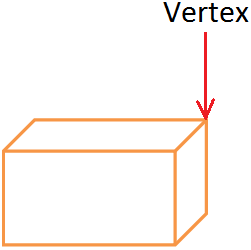
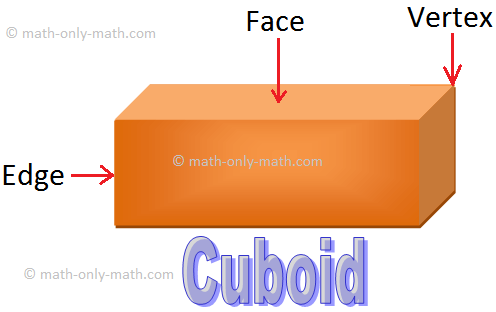
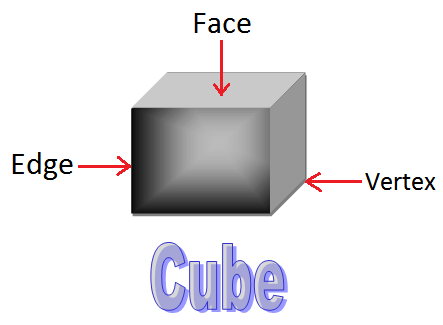
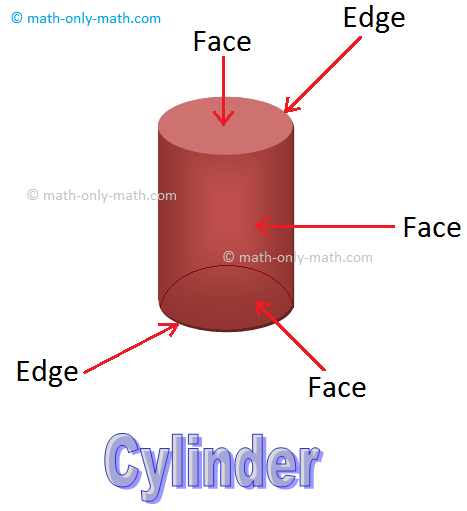
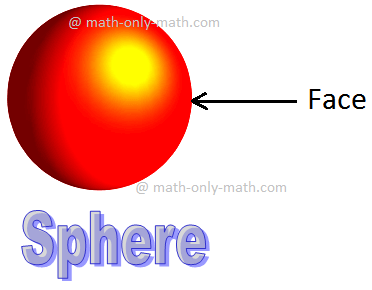
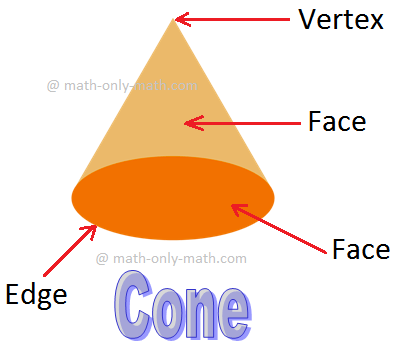
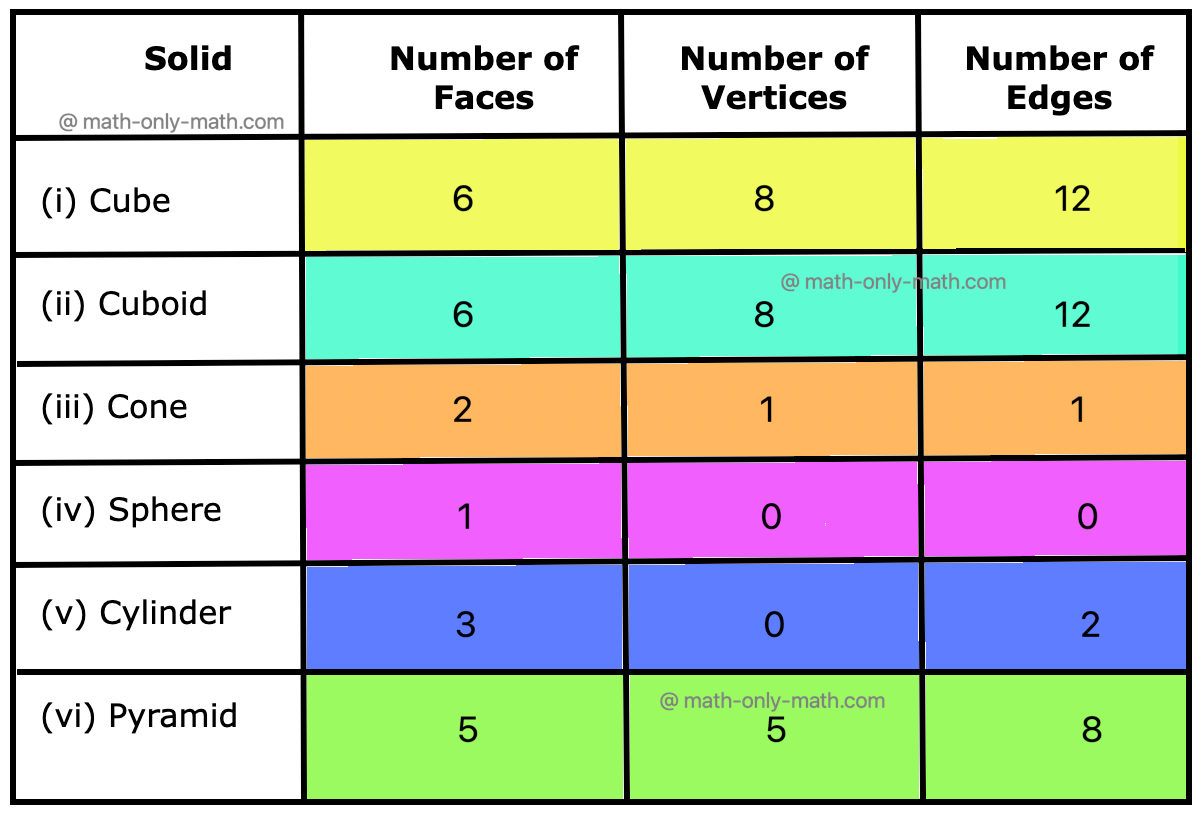
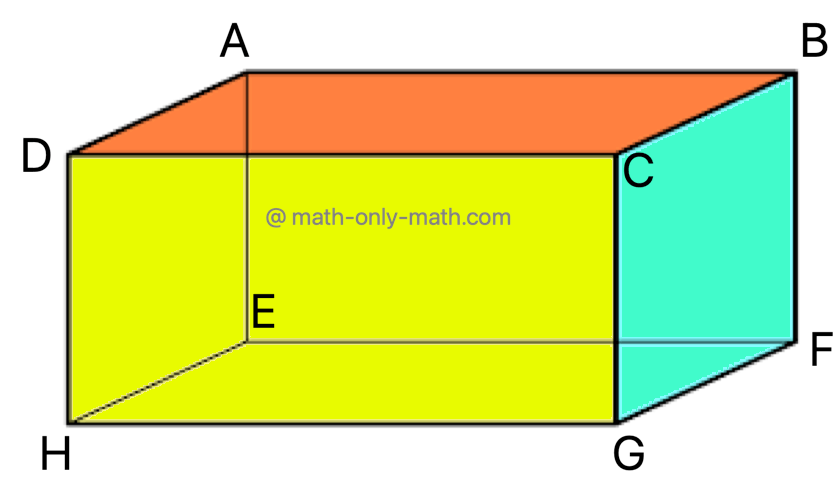


New! Comments
Have your say about what you just read! Leave me a comment in the box below. Ask a Question or Answer a Question.